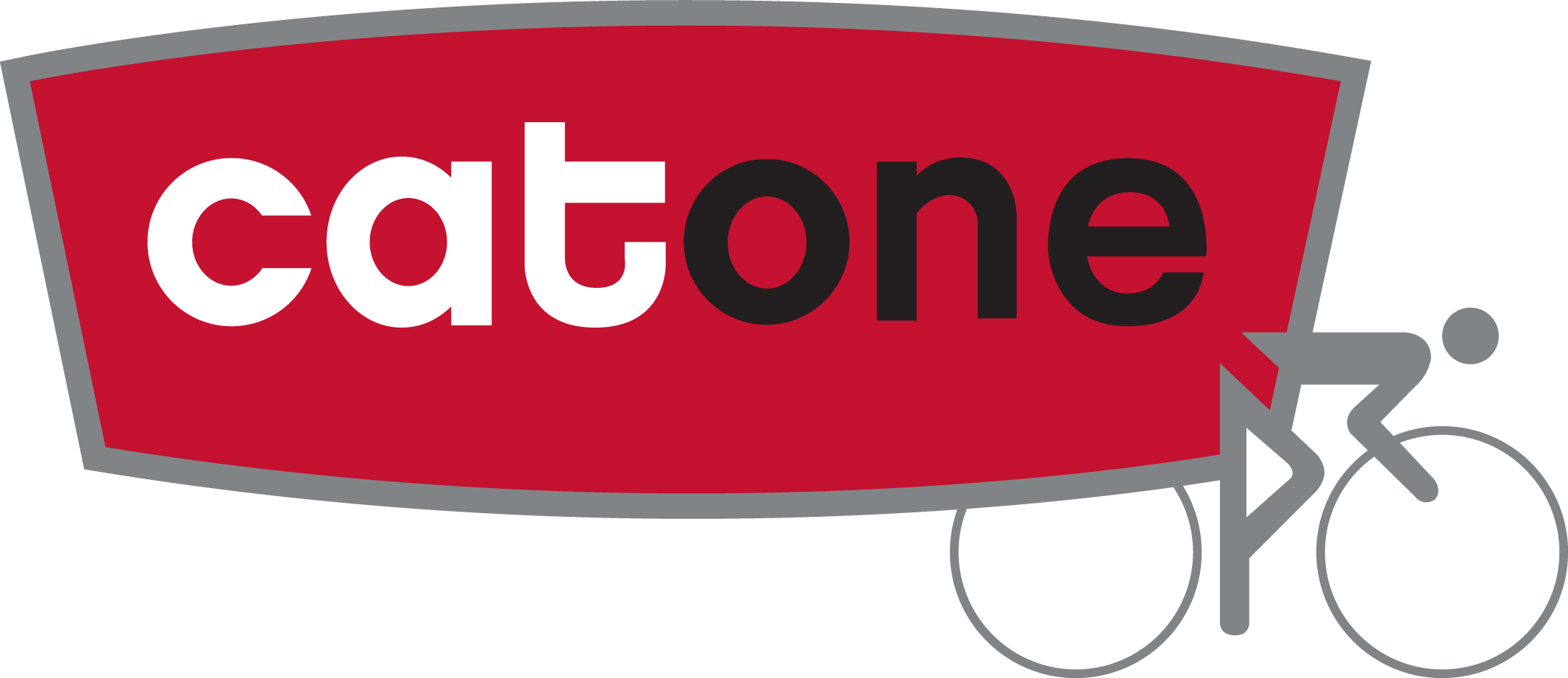Common Mistakes in Interval Training
Common Mistakes in Interval Training
Interval training is an excellent way to increase fitness, build lean mass, and simulate the demands placed on the body by one’s specific sport. Intervals can be performed indoors and out, with the athlete in ultimate control of the intensity, overload, recovery time and number of efforts. Interval training is a great way to incorporate intensity in a manner that is structured, predictable, and sport specific.
For triathletes whose hectic work schedule doesn’t allow them to make group training rides and runs, intervals may be the only way to incorporate sport specific intensity. In order to get the most out of interval training, there are a number of steps that should be taken to avoid common errors.
Intervals should not be performed prematurely. Before beginning interval training, the athlete should develop a sufficient endurance base. Depending on the age of the athlete and the number of years in sport, some may require a longer or shorter base period. Typically, newer athletes should be primarily concerned with establishing and endurance base sufficient to complete their respective race distance; while more experience athletes, who already possess those endurance adaptations, can start incorporating interval training sooner. Masters athletes may be encouraged to perform intervals year round, in order to maintain the adaptations gained in previous seasons.
Interval workouts should be planned strategically to produce the desired fitness adaptations at the desired point of time in one’s competitive season. You don’t want to be flying in February if your “A” race is in July. A tried-and-true strategy is for the athlete to progressively increase the intensity as the season progresses, with the greatest intensity in the weeks preceding the athlete’s priority event.
Intervals should be event or sport specific, ideally targeting the energy system(s) to be used in the event. What might seem like a great workout may not necessarily improve performance in one’s sport. One can manipulate the length of the effort and recovery time to target the desired energy system and increase the sport specificity of the workout.
An interval should be of sufficient length and intensity to tax the desired energy system. All physiological processes have half-lives, and the human body doesn’t change energy systems at the flip of a switch. Therefore, it may take minutes to transition one from energy system to another within an interval effort. For example, while the prevailing energy system for maximal 5-60 minute efforts is the lactate energy system, it takes an effort of at least 8 minutes to get a full 5 minutes in zone. Lactate threshold intervals should therefore be 8 minutes of longer. Similar methodology should be applied to VO2max and anaerobic capacity intervals.
In order to insure that an interval is being performed at the proper intensity, field testing or a lab determined lactate threshold value can be used to accurately establish one’s training zones. On-bike power meters, heart rate monitors, GPS enabled devices(pace), and perceived effort are the most common ways to monitor intensity.
When performed at the correct intensity, the right time in one’s competitive season, and with sufficient recovery between sessions, intervals can be an extremely effective tool for taking your performance to the next level.
